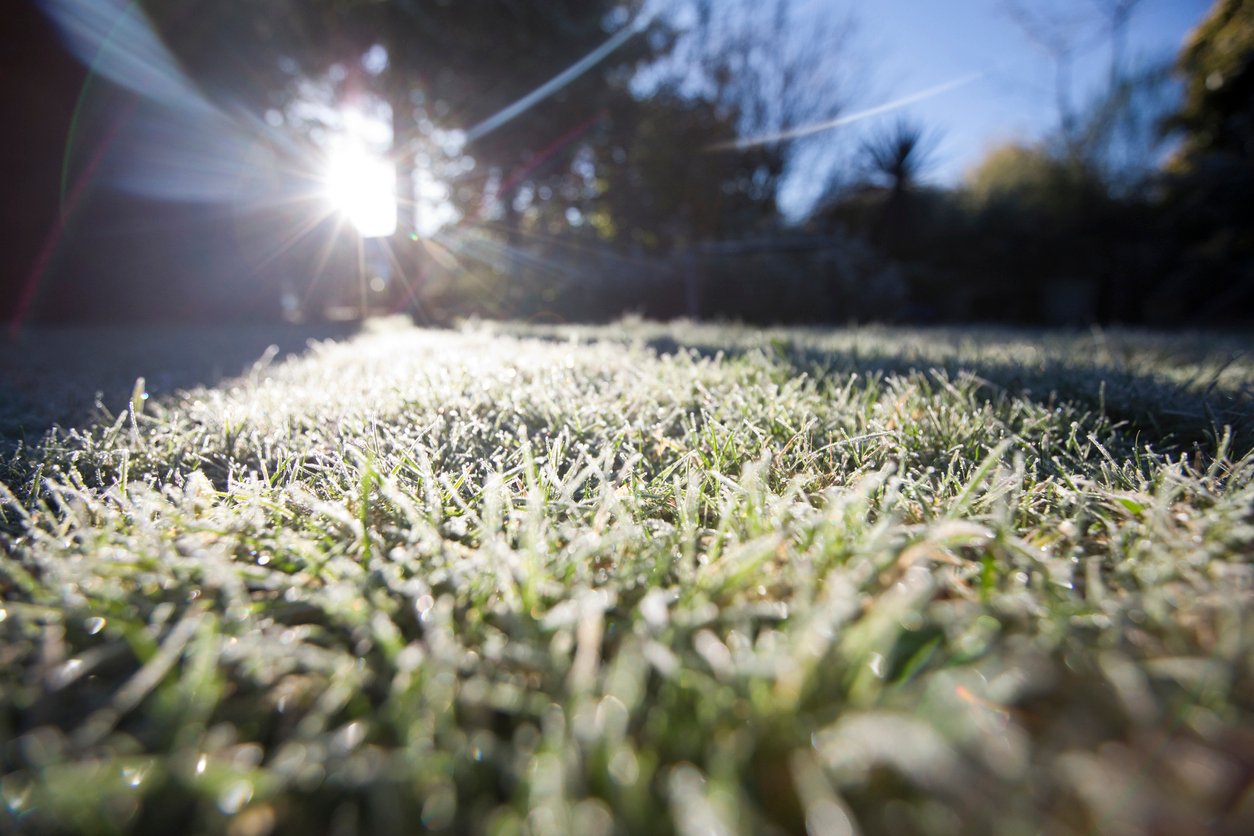For many homeowners, winter lawn care is a mystery. Many people stop doing any lawn work after the onset of autumn, then work extra hard to resurrect what is left in spring or early summer. But you can break out of this cycle and spend less time labouring year-round and more time enjoying the beauty that surrounds your home. Below, we explore how to treat your lawn in the winter for the best spring health.
In order to get the most from your lawn, you need to start with the right kind of grass, according to where you live. You also need some understanding of the climate and local conditions. Of course, hiring a lawn service to do your lawn care for you means less worry about these issues, if at all.
Winter Fertilization
To have a healthy lawn, particularly in the cold of Canada, you must provide three major nutrients. These include nitrogen for dense growth, phosphorus for healthy roots and potassium for overall health. You also must provide micronutrients. These include zinc and iron, along with others. Fertilizer provides all of these nutrients to ensure healthy balance for your lawn, particularly as it fights to survive winter’s cold.
How you should treat your lawn in winter differs from during summer. In warm weather, you should fertilize when the grass is in its growing stages. It is best to perform this maintenance during warm temperatures of summer’s long days. You should mow the lawn a few times in the season, before fertilizing. Otherwise, you only achieve top growth and feed weeds, while neglecting the roots.
For winter preparation of your lawn, fertilize in fall. You should do this when the weather is cooling, in the 50- to 60-degree range Fahrenheit or the teens for Celsius. At this temperature the grass is typically still growing. Fertilizing at this time helps the grass maintain a green color for longer toward winter. It also encourages healthier roots for a better start after the last snow melts.
You should never fertilize your lawn when the soil is frozen. This provides no benefit and the nutrients only wash away. To the contrary, when fertilizing during the right weather, you should water the lawn to help the nutrients penetrate the soil.

Winter Mowing
As temperatures drop, you still need to mow growing grass. At the same time, mowing as autumn leaves accumulate on the grass enables you to mow over these. Their smaller, mowed bits decompose quickly and add organic material to soil. This also saves you from having to rake, bag and haul leaves away. No leaves will be left to form a barrier under snow and smother your grass.
Preparing your lawn for winter also means cutting the grass shorter than you do during warmer weather. If you kept your grass growth at between 2.5 and 3.0 inches during the warm season, you should reduce it to two inches for the last several mows before winter. Cutting it too short can cause bigger issues, however. Doing so can enable weeds and disease to take over, leading to bare spots on your lawn.
Winter Weeding
Taking good care of your grass is the best means of controlling weeds year-round. Healthy grass prevents weeds from germinating by shading the soil and blocking the sun from seedlings.
During the fall, spend some time controlling henbit, creeping Charlie, dandelions and other weeds in your lawn. Either dig them up or use an herbicide to spot-treat. However, for herbicides to work, you must use them during specific temperature ranges. Typically, this is from 50 degrees Fahrenheit (10 degrees Celsius) or warmer. During these temperature ranges, weeds are still growing and the herbicide is more effective.
Winter Aeration
Much of the above lawn care is conducted in autumn, as preparation for winter. The same is true for aeration. It is in the fall that grass enhances its roots to prepare for colder temperatures. By aerating your lawn before winter temperatures set in, you enable root growth, minimize thatch build-up and enable your lawn to breathe. Reducing thatch build-up is good because you lawn is otherwise more likely to suffer diseases and insect infestations. Thatch reduction also improves the lawn’s tolerance to dry spells. Through aeration, you can expect a healthier lawn in the spring with better fullness.
Through aeration, air, nutrients and water can reach your grass’ roots. In turn, the lawn grows healthier and greener. You must ensure the soil is not wet, but moist, before starting. This typically means waiting until the day after a good rain or watering.





